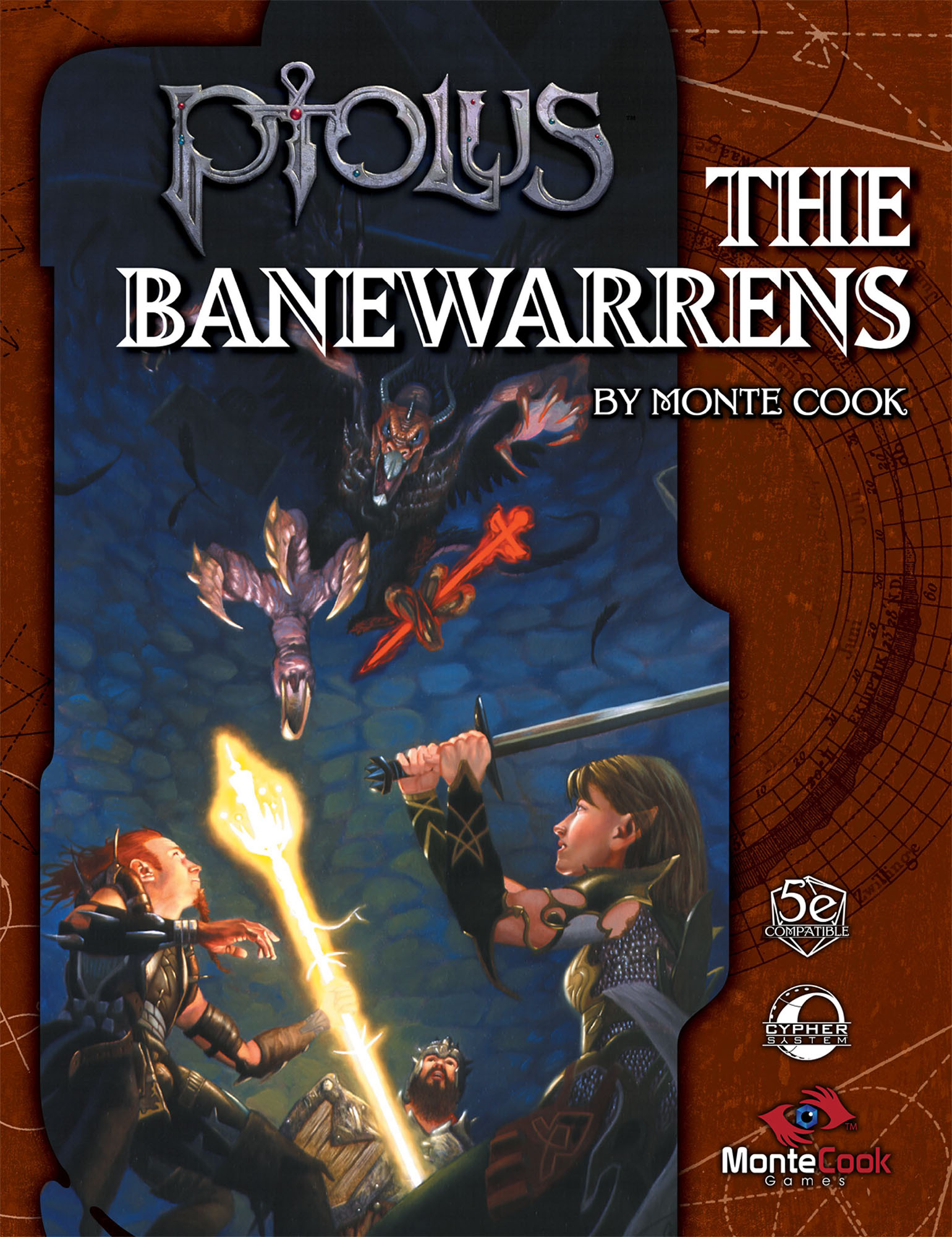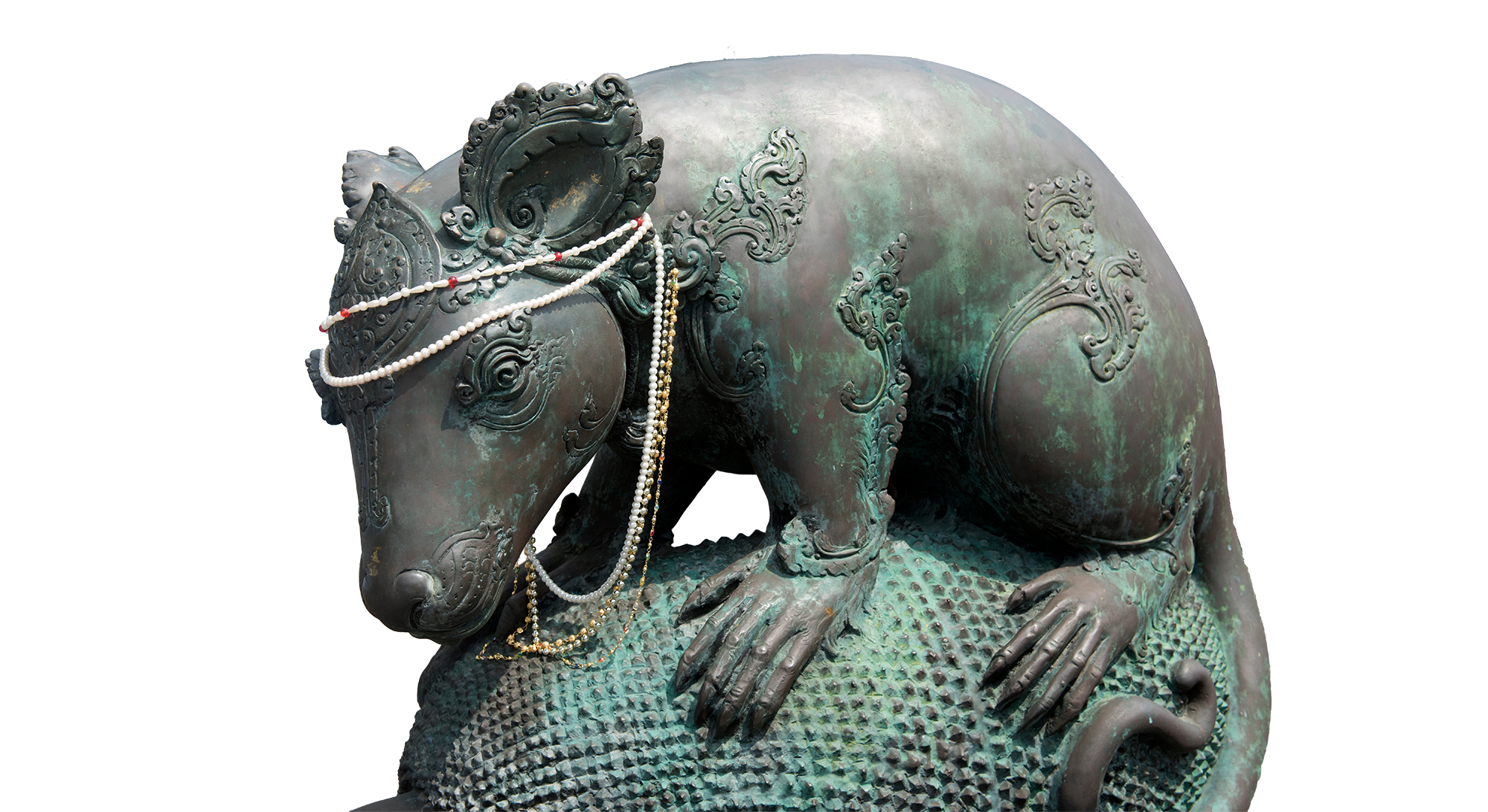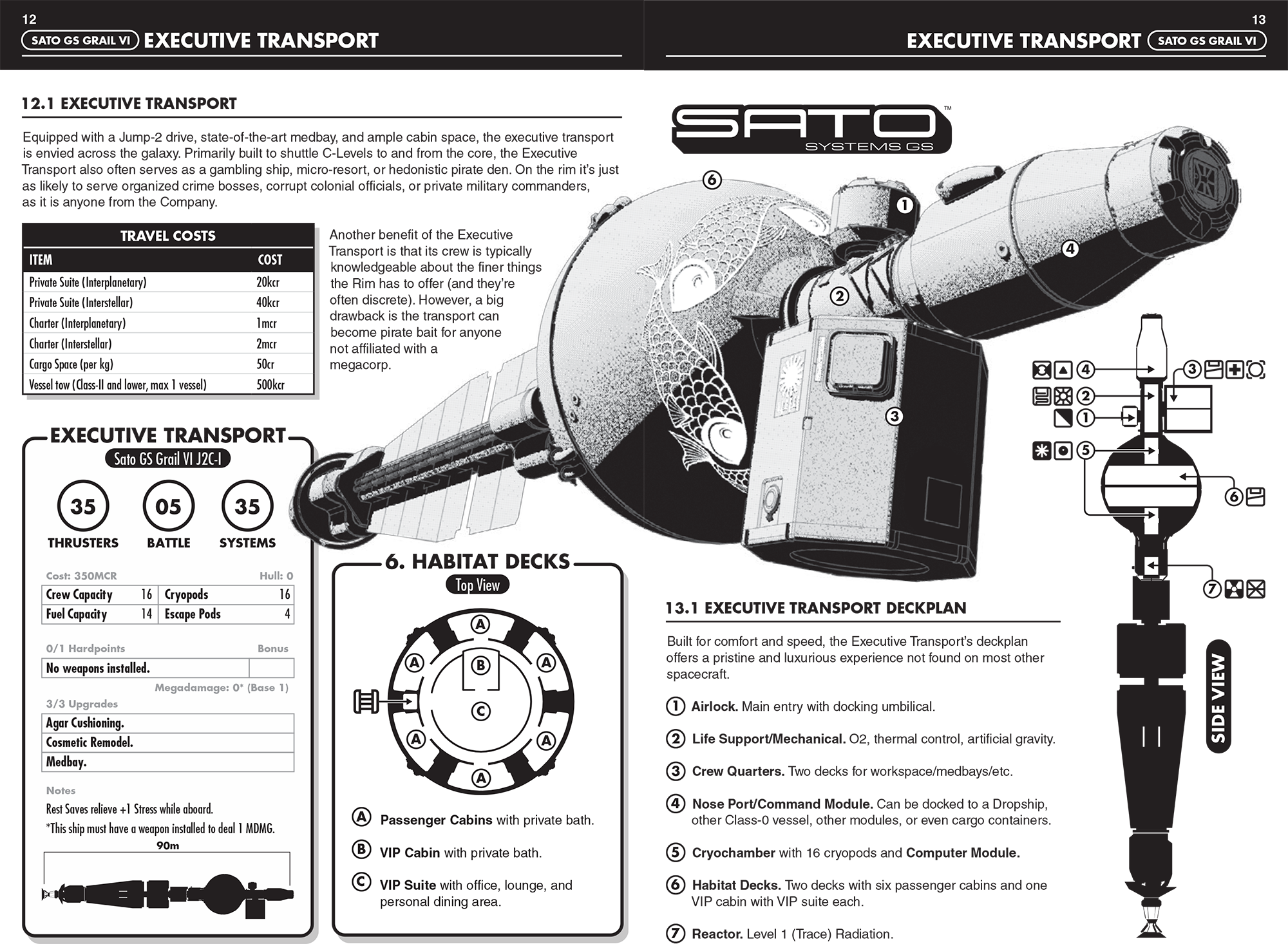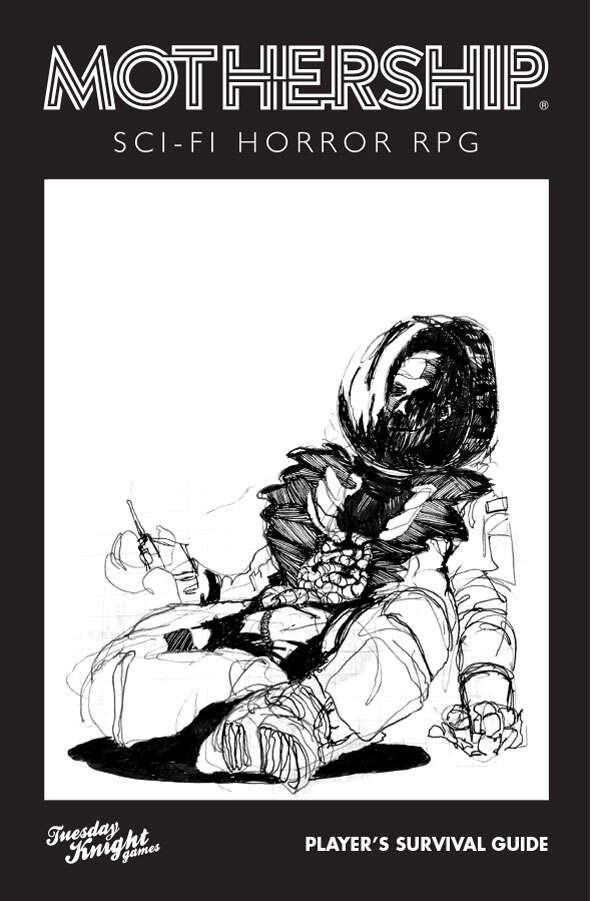Monte Cook’s Banewarrens is one of the best dungeon-based campaigns of all time.
The campaign, designed for 6th to 10th level characters, was originally published for D&D 3rd Edition in 2002. When I read it way back then, I was immediately enamored and knew that I wanted to run it. At the time, I was running an epic fantasy campaign where the PCs had to go searching for various artifacts, and I ended up routing them through Ptolus – the city where the Banewarrens are located – so that I could tease the strange and mysterious Spire that towers over the city, anticipating that when that campaign wrapped up, I would be running The Banewarrens for them next.
Unfortunately, that gaming group broke up. A few years later, however, I had a new group and Monte Cook was releasing Ptolus: City by the Spire, the nearly 700-page sourcebook describing that selfsame city where the Banewarrens were located. The stars were aligned, the campaign was begun, and I have never left the City by the Spire.
I’ve been singing the praises of both Ptolus and The Banewarrens for years, but I’ve never written a proper review. Recently, however, both books have been converted to D&D 5th Edition, and so it seems like an opportune time to rectify that oversight.
BEHIND THE BANEWARRENS
Thousands of years ago, a good man believed that good and evil existed in balance in the world. Therefore, destroying evil was only a temporary victory, because the evil – released back into the world – would soon find some new way to manifest. The only way to truly triumph over evil, therefore, would be to instead imprison it; to lock it away from the world and keep it where it could do no harm.
This good man, therefore, began a grand project and daring crusade: Recruiting others to his cause, he sent them out into the world to gather banes – things of great evil, whether objects, diseases, or people – while he constructed the Banewarrens, a vast underground vault in which all of these objects could be stored.
Bringing all of this evil together in one place, unfortunately, proved to be a horrible mistake: First, the earth itself rebelled against the evil, thrusting upwards thousands of feet into a terrifying Spire. Then, as the good man’s servants labored to repair the vaults, something went wrong. The good man was corrupted by the banes he had collected. He became the Banelord, betraying his friends and using the evil artifacts they had collected to become a dark and terrible force.
Long ago, great heroes arose who defeated the Banelord. But the Banewarrens, and most of the evil banes which had been sealed within them, remained. In the millennia since, many have attempted to breach them, hoping to claim the banes within and perhaps becomes a second Banelord. But the defenses of the Banewarrens repelled all such attempts, and many believed that, despite his tragic fall, the good man had wrought well and the Banewarrens were, in fact, impregnable.
They were all wrong.
UNLEASHING THE BANEWARRENS
The Banewarrens campaign begins with a random encounter.
The PCs are passing through the streets of Ptolus when they encounter a dark elf named Tavan Zith, a nexus of wild and chaotic magic which is constantly mutating anyone who draws near him.
This is not, in fact, a scenario hook for The Banewarrens (structurally speaking). At first glance, it will likely seem to just be another example of the strange and exotic things that happen on the streets of Ptolus. This will quickly cease to be true, however, as the PCs’ reputation and their involvement in dealing with Tavan Zith brings them to the attention of two different factions.
Because it turns out that Tavan Zith is supposed to be locked up in the Banewarrens. And if he is instead wandering the streets, it can only mean that the Banewarrens have been breached.
The first faction to approach the PCs is the Church of Lothian. They believe the Banelord hid a holy relic known as the Sword of Truth in the Banewarrens and they want the PCs to retrieve it.
Next up is the Inverted Pyramid, an arcane guild which is deeply concerned about the Banewarrens being opened, but also wants to learn as much as possible before everything gets sealed up again.
At first it will seem as if the PCs can serve both their patrons, but as the campaign continues this will become increasingly difficult for them to do. Furthermoer, as they begin investigating the Banewarrens, they will discover that another faction, the Pactlords of the Quaan, is responsible for the breach. A little later, a fourth faction will likely discover what’s happening and also get involved.
This is, ultimately, what makes The Banewarrens such a special campaign. It’s a dungeon-based campaign that’s absolutely drenched in faction intrigue. The PCs will have to juggle the agendas of friendly factions, while simultaneously trying to deal with the machinations of antagonistic ones. (You might even be surprised to discover which ones end up being which in your campaign!) Cook does a fantastic job of presenting these faction intrigues in a format which is both easy for the GM to understand and also packaged into highly practical chunks that can be readily deployed on the table.
The two primary tools for doing this are:
- Events. Listed at the beginning of each chapter, these are floating scenes that can be dropped into the PCs’ dungeon explorations.
- Time Passes. Certain dungeon rooms are flagged with additional key entries describing how the room might be changed by the actions of other factions. (These can be used when the PCs first enter a room if they’ve been dilly-dallying or busy elsewhere, but can also be saved and used when the PCs return to the room later to show that they’re not alone down here.)
In practice, these are quite possible, making it possible to create the simulacrum of real activity with great ease and giving you all the raw materials needed to actively run the factions with only a little extra effort.
What makes this work particularly well is that Cook has designed the Banewarrens to periodically pull the PCs back into the metropolis above. (For example, at one point early in the campaign they’ll figure out that they need a particular magical resource to unlock the doors within the Banewarrens and continue making progress, so they’ll need to leave the dungeon to track it down.) This ingeniously creates absences from the dungeon, allowing the Events and Time Passes elements to be seamlessly implemented. It also allows the PCs to interact with the other factions in new and different ways. Plus, these interludes also provide breaks from dungeon-based play, mixing things up and preventing the campaign from become a monotonous slog.
THE NATURE OF THE BANEWARRENS
The Banewarrens are sometimes described as a “megadungeon,” but I don’t think this is quite right. They’re a rather large and ingeniously mapped dungeon, with more than a hundred rooms, but they’re designed as a single, coherent scenario with the PCs pursuing a singular goal, and not the warren of disparate scenarios you’d see in a true campaign dungeon. (See Types of Dungeons for a deeper discussion of the differences here.)
This is not, of course, to the detriment of The Banewarrens. The singular purpose and vision allows Cook to craft a truly memorable – and terrifying! – environment for the PCs to explore. The expertly xandered maps, distinct flavoring of the different sections of the Banewarrens, and the unique sense of progression (as the PCs travel in-and-up, rather than down-and-out) provide an excellent playground, into which Cook pours a ghastly variety of horrific foes and a creepy panoply of banes.
The banes, in particular, gives the Banewarrens a very unique feel. It fundamentally inverts the typical dungeoncrawling tropes: Instead of kicking down doors and grabbing loot to haul out of the dungeon, the PCs will instead quickly learn that they need to keep the doors locked at all costs and make sure nothing gets out. The Banelord may or may not have been right about the conservation of evil in the universe, but there’s little doubt that releasing these things of great evil into the world will have horrible consequences.
(“Hey! What are the PCs going to do about treasure?!” Fortunately, the other factions and the interludes that take place outside the Banewarrens are designed to solve this problem.)
CONCLUSION
And all of that is why The Banewarrens is one of the best dungeon-based campaigns of all time.
If it hadn’t already been converted to the 5th Edition rules, I’d still be recommending that you track down a copy of the 3rd Edition campaign and adapt it to 5th Edition ASAP. (Or Shadowdark or Basic Fantasy RPG or Old School Essentials or maybe even Mork Borg, whatever floats your dungeoncrawling boat.) It’s not just that it’s a fantastic campaign that you and your players will remember forever; it’s also one of those transformative campaigns capable of teaching you a whole new way to run your game.
GRADE: A+
Author: Monte Cook
Publisher: Monte Cook Games
Cost: $12.99 (5E PDF) / $6.66 (3E PDF)
Page Count: 180
ADDITIONAL READING
Review: Ptolus – City of Adventure
Ptolus: In the Shadow of the Spire
Ptolus Remix: The Mrathrach Agenda
Ptolus Remix: The Vladaam Affair

















